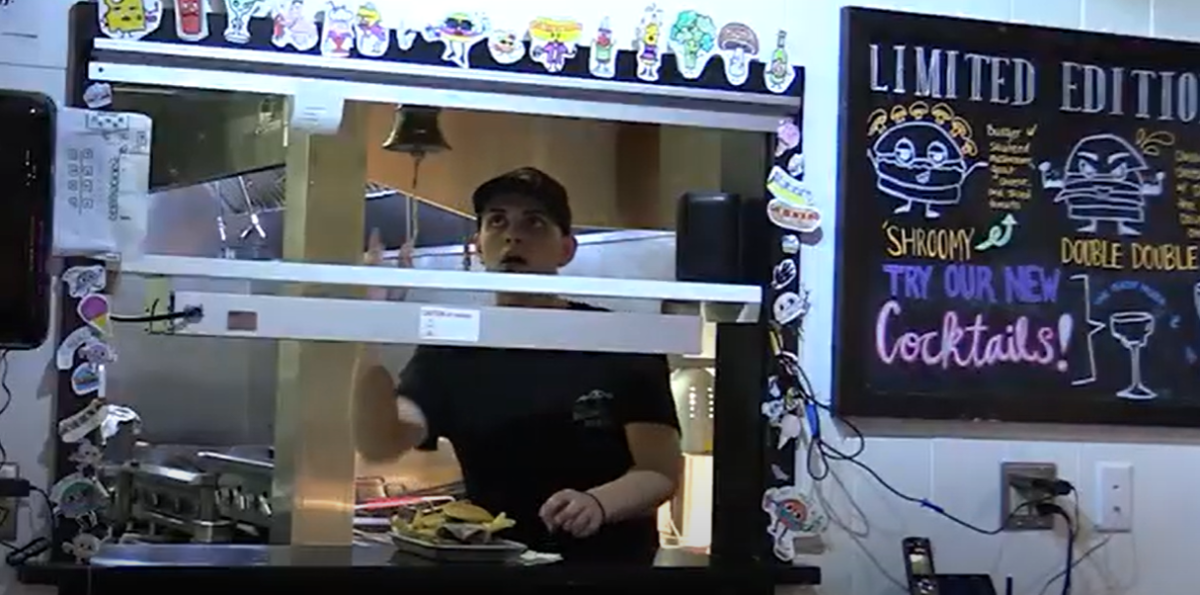Mankind’s love affair with beer goes back a long way. In fact, the origins of the best-selling beverage can be traced back to the beginnings of society itself, as experts believe that it was primarily beer-making that drove early man to first cultivate grains and abandon the hunter-gatherer lifestyle. Since those early days of alcoholic bread-water, the art of the brew has come a long way, and this summer, while gathering research for my thesis on the European Union brewing industry, I took a six-week trip across the EU, sampling the wares as I went. What I found was an amazing passion for beer and a tradition as widespread and as varied as the continent itself.
My trip began in Copenhagen, capital of Denmark and home of the Carlsberg Group. As the fourth-largest beer maker in the world, Carlsberg produces over 250 different varieties of suds and has been doing so since the early 1800s. Their unique pan-European business strategy made them a perfect candidate for my research, so as soon as the spring semester ended, I bid the United States goodbye and boarded a plane for Scandinavia.
It might be because their winters are so long and dark, but Danes make the most of the sunny summer party season. The sun rises early and the bars close late, and whenever possible, the times in between are filled with beer. Through carnivals, festivals and public soccer games, the Danes put down quite a bit of brew, and most of it is pretty damn good.
The flagship beer of its namesake corporation, Carlsberg is available in 140 countries worldwide. The pilsner’s iconic green logo can be seen everywhere you look in Denmark, so I made sure that it was the first thing I picked up after leaving the airport. It was hoppier than most pilsners found in the U.S., a trend I noticed throughout the country which gave it a refreshing bite and a lingering finish. Although it’s the runner-up of Danish beers in terms of sales, Tuborg nonetheless boasts an impressive history. Their standard pilsner falls short of their rival in terms of taste, but still edges out Budweiser and Miller. The equally successful Tuborg Gold is a much smoother beer, popular among the after-work crowd.
Every nation on the planet seems to have a favorite dirt-cheap beer, and when the budget is laid out, they’re a college student’s best friend. Denmark is no different. The bottom of the shelf in Denmark is Øl, a surprisingly drinkable lager-style beer that filled many of my balmy nights in the Land of the Midnight Sun. On the other end of the price spectrum, Jacobsen’s is Carlsberg’s ultra-premium line of beers. Named after the company’s founder, the collection spans the frothy rainbow from the Saaz Blonde to the Dark Lager, and was lovingly detailed to me at the company’s well-stocked central bar. My personal favorites were the clean-finishing Forarsbyrg spring beer and the deep-amber Abbey Beer, but the collection also included the legendary Jacobsen Vintage. At nearly $400 per bottle, the aged Vintage is the most expensive beer ever sold on planet Earth. Whether or not such a price tag can be justified on such a populist beverage is up for debate, but it truly goes to show how far the art of brewing has come.
My next destination was Belgium, known far and wide as the home of the European Union central government. Belgium is also known as the land of beer and chocolate, and for a young epicurean, it is the place where dreams come true. Brussels, the capital of the country, is home to some of the world’s best bars, filled with some of the absolute finest beer around. My personal favorite had over 2,000 varieties on the menu, with some distinctly Belgian styles.
A refreshing drink, Lindemans Kriek Cherry is part the ancient tradition of Lambic beer. These are brewed in the tradition of the French monks and have a bitter, fruity taste. With only 3.5 percent alcohol, Kriek was a definite lunch time drink more akin to cherry soda than what most Americans think of as a traditional “beer.” Meanwhile, the light but rich Gouden Carolus – often pegged as a Christmas beer – hit the spot quite nicely in June. Like most Belgians, it goes down smooth despite a hefty






